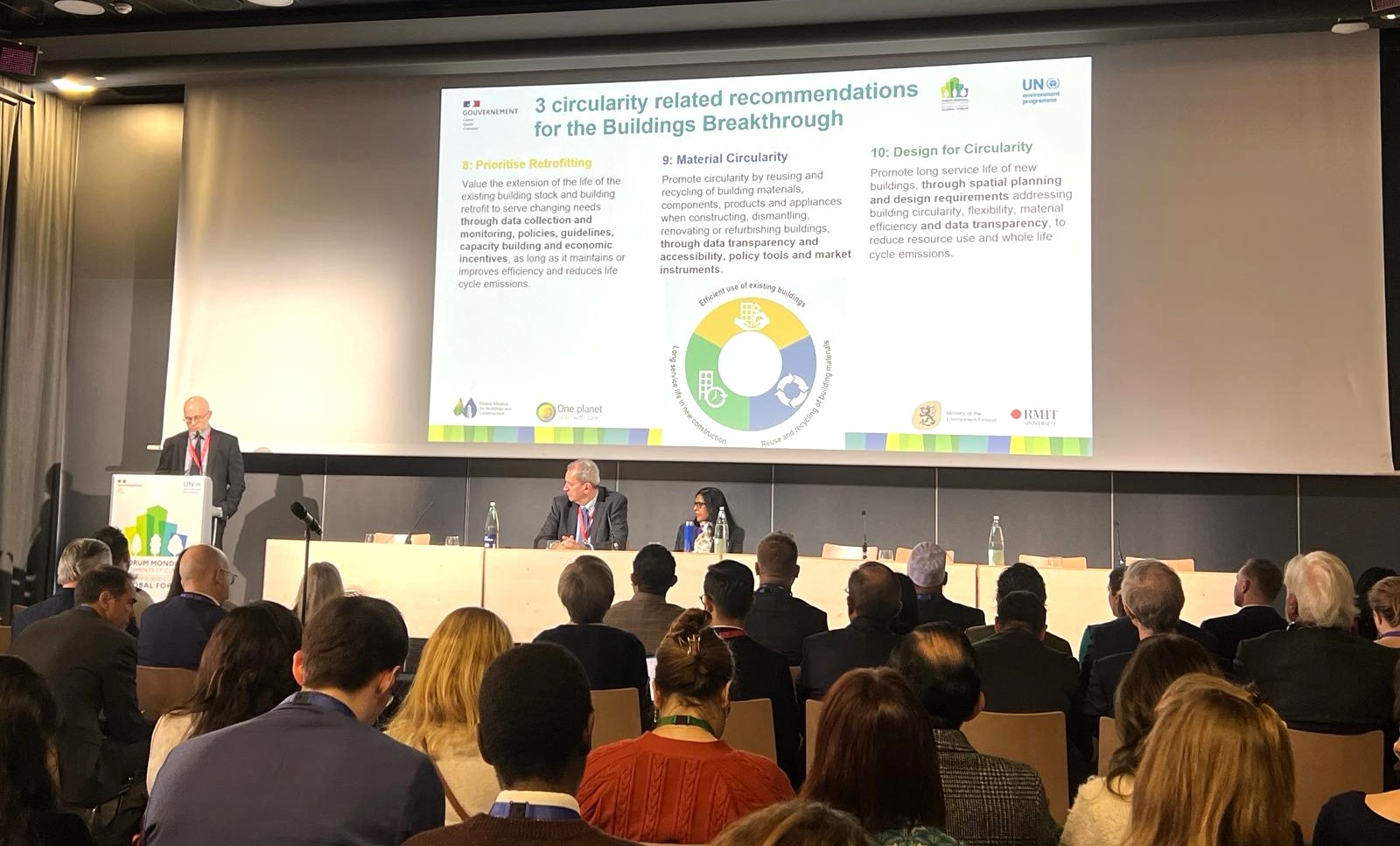Voedselafdruk: a foodprint tool to raise awareness about healthy and environmentally conscious food choices
The development and dissemination of an ecological footprint tool that provides a concise and scientifically grounded summary of the environmental impact of personal food choices. Developed to be easy to use and available to consumers via online social networking platforms, the tool aims to raise awareness and to provide an impetus for behavior change. The foodprint tool communicates advice on how individuals can reduce their ecological footprint (EF; 'foodprint') and water footprint.
Particularly children and young people can learn to consciously think about what they eat and what effect it has on their health and ‘foodprint.’ The aim is to motivate them to opt for more sustaina-ble and healthier food, now and in the future. The first part was the process of developing this tool, the choice of indicator, the goals, and the results. Among other aspects, the tool enables users to understand that the largest contributors to their foodprint are sources of animal protein: dairy, meat, and fish.
The second step was to develop the strategy guiding the tool’s design and implementation, which is based on a combination of contextual communication, feedback from peers, and intrinsic motivation. In this footprint tool, a focus on food patterns, interactive feedback, and social media plays a key role.
The tool consists of a survey with fifteen questions about personal food choice that allow users to receive individualized feedback, including five sugges-tions for reducing personal foodprints. Users can also share their results through customary social media.
The third step was to develop a launch moment and an awareness raising campaign (2012).
In 2015 the tool was extended with the water footprint.
In 2017 the tool was evaluated and updated with new data of ecological footprints of food products. A new online campaign was scheduled.
In 2017 a smaller offline version was developed for events with real food packages, food baskets and barcode scanning. Due to an effective outreach campaign, a total of 90,000 Dutch consumers used this tool over a period of four months in 2013, with 1% indicating that they intended to change behaviour.
since than more than 100,000 users were registered per year.
Image


